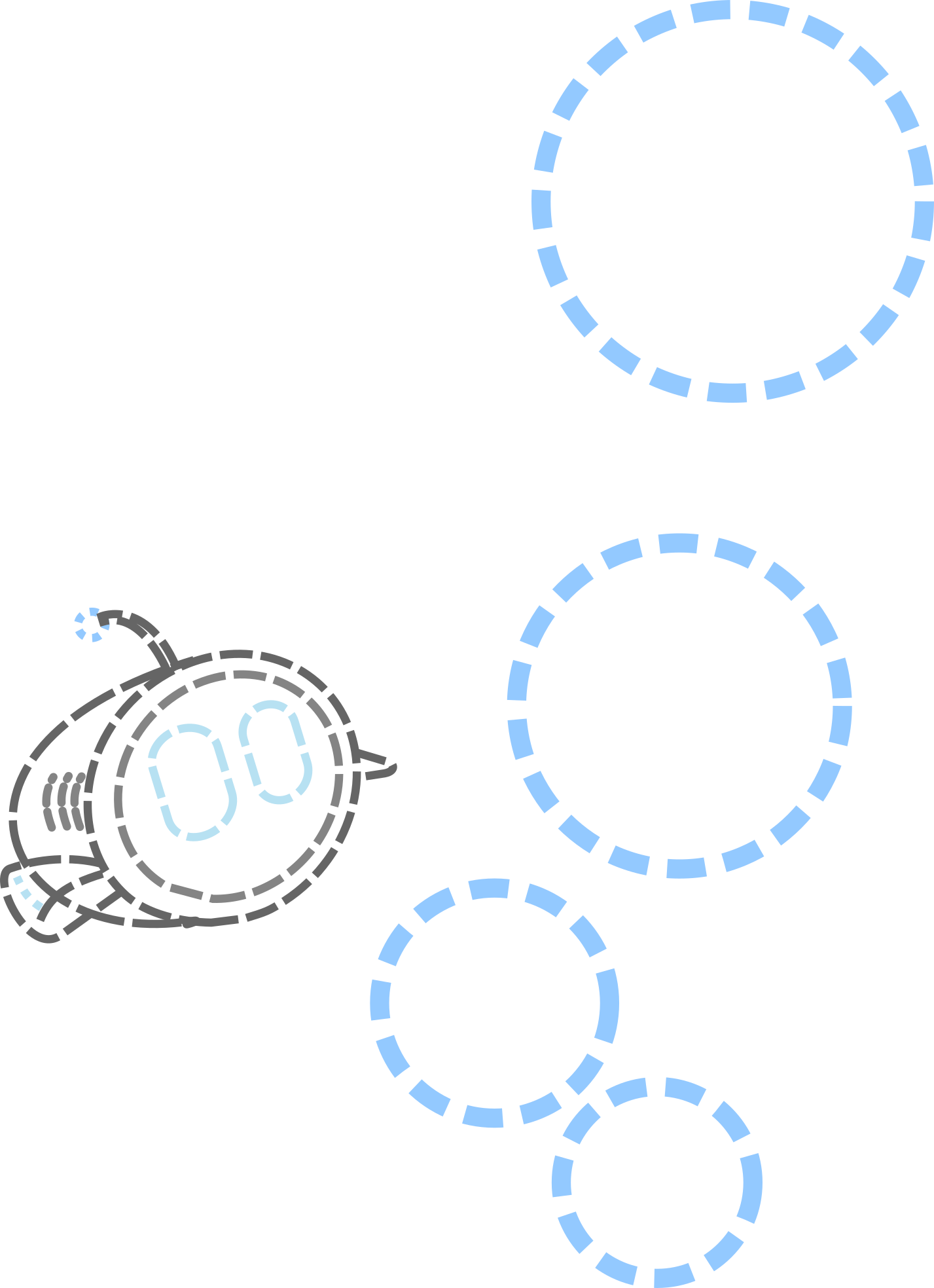Becoming a game asset creator
The complete journey of a complete, technical minded beginner
Game making is tough when you can’t make your own assets.
Things like characters, effects, buttons even. It’s near impossible to make games without.
I got interested in programming from playing video games. Now, I like making any type of software, but game making is still something I thoroughly enjoy as a hobby.
The academic path I chose is traditional Computer Science oriented. My specialization therein, Visual Computing, is very much inspired by the initial spark that got me into programming. In short, this is either about rendering (like in games, or like ray-tracing, which is also in games these days). Or about image processing (detecting things in images basically).
From all aspects of game making, programming is by far the most easy, and most enjoyable for me. Alas, generally speaking, that’s not enough to make a full game.
Before I started my college education (2014) I “finished” my first mobile game called “Danger Zones”. It is by no means a finished game looking back to it, but back then I though “the gameplay is pretty fun, the graphics don’t look good but that balances out”. If you recognize this way of thinking in yourself I might have some bad news for you. That might be true for games like Minecraft. But that doesn’t apply when the game looks like this:
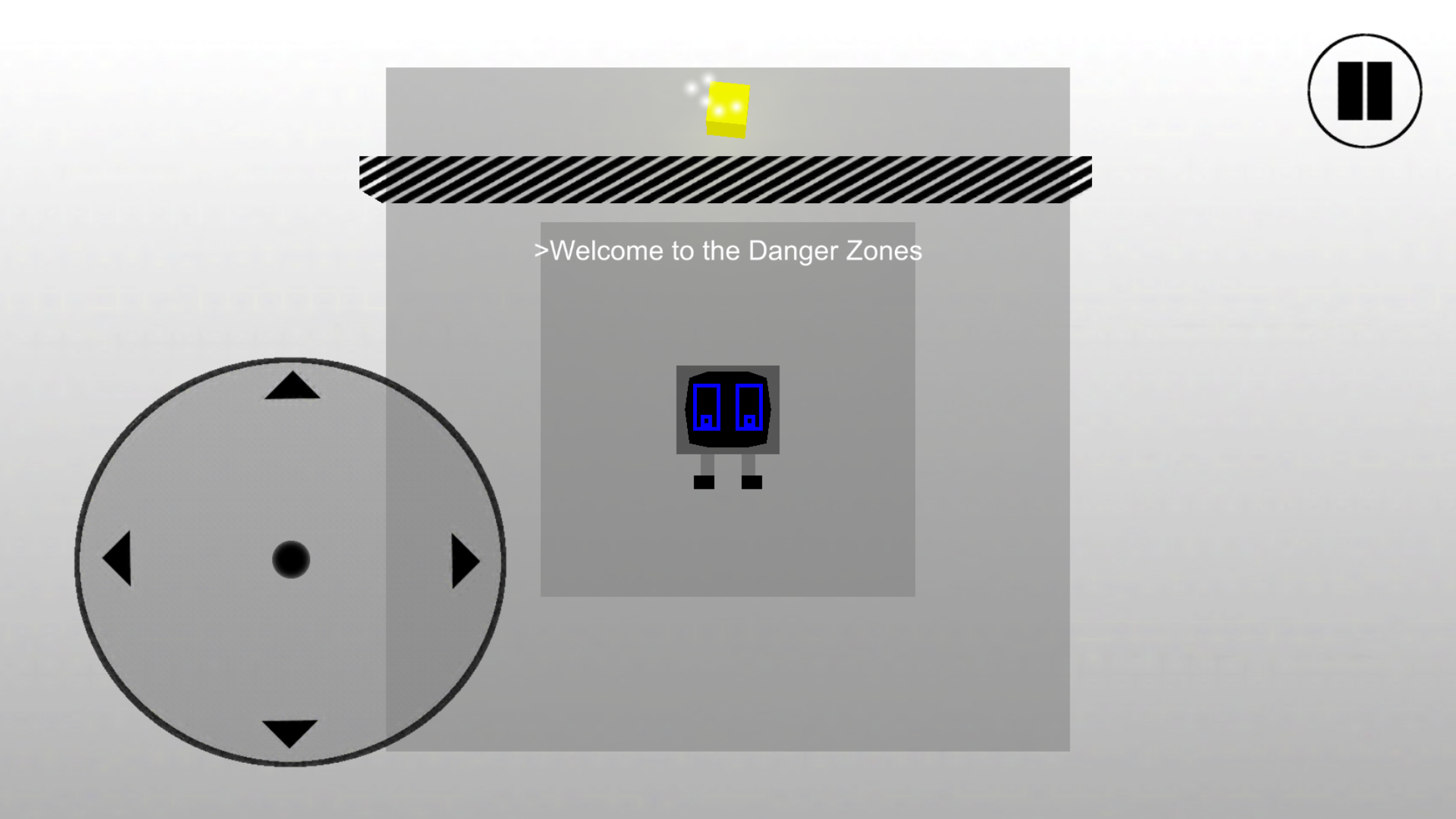
I was nothing short of delusional back then. This is not a complete game, this is a grey-box prototype. As in, the prototype where the graphics are yet to be inserted by the person qualified. I realise this now.
But I don’t want to give up this game. What am I supposed to do now?
- I’ve had feedback from friends saying “you should hire someone to overhaul the graphics”. It seems a logical step but isn’t that way too expensive? It is a hobby project after all.
- Maybe use pre-made assets? There are many websites offering game assets for free, or for a reasonable price. I tried it, and it felt a lot like finishing a jigsaw puzzle, using pieces from another jigsaw puzzle. If I wanted to effectively make use of pre-made assets, it would’ve helped to have this in mind from the start.
- Make assets myself. But I am not qualified in the slightest. Learning this could take years. This would be a very useful skill nonetheless. One that I’ve always thought was only for the talented creative people.
I “hired” someone to make assets for me
I’ve kept pondering this problem as life went on. The first thing I tried was making a post in the Unity forums asking for a designer’s help. And I did find someone! It was very exciting, but there were some red flags that I chose to ignore in my excitement.
I made an estimate for the hours, and in turn the price I was willing to pay. About 200-300 euros, I have no idea whether that was reasonable or not. The designer responded “I expected more actually” but still (somehow?) agreed. I wanted this person to sign a document with this price agreement to avoid any fuss later on. That never happened. I emailed them the document and we never spoke about it again. But the designer still went on to create. I didn’t bother asking about the document any more, I just wanted to get on with finishing the game.
The first feedback session
My initial description of, what I would call now, the art direction was: “Objects have to be non existent in the real world, this is meant to speak to the users’ imagination.”. VERY ambitious for a mobile game I know. I’ll admit that this is quite vague. A mistake on my part.
We texted over Skype. They asked me to give some feedback because they had made some things.
I was then shown a machine gun dual wielding monkey-head (the monkey-head from Blender, a default asset of that program) as an idea for the first boss battle. My feedback was not positive. I readjusted my expectations going further.
It ended when after a few weeks, I asked for a status update. And the response was that there were problems with their laptop or something. This was not the first time I got that as an explanation. I did not want to go on working with this person any more. So I told them that I shouldn’t keep delaying my project because of technical difficulties on their part. And with that I ended the cooperation.
Determining an art direction beforehand
What I learned from that experience was: working with people is expensive and required crystal clear communication skills.
If I were to try this again, I would need a clear art direction at least. You can’t expect someone to just “get it”, that’s not how it works.
I realised later that I didn’t really get it either. By this time I was trying some different colours and shapes in my game, to see if I could make it look better myself. It was simply not improving at all, working on the game became frustrating at this point.
I also tried finding some pre-made assets that would help me. Same story here, you don’t know what to look for unless you have some direction/guidance.
The project went on another hiatus for a couple of years. I yielded because of the conclusion that for the prototype I made, it was too hard to pin down an art style/direction.
Learning to create game assets from online courses
At this point (2018) I was working full-time as a junior software engineer. My work ethic was improving. I had some money to spend.
The project still haunted me now and then. I figured why not try and learn to make game assets myself. It’s been years now, what’s a couple more.
To my delight I found out that Udemy had many such courses. And it was around new-years so there were incredible sales going on! Courses worth thousands were going for tens! What a steal! I later realised that Udemy regularly has these sales, so never buy full price on that website would be my advice.
Colour theory
Nevertheless, I bought some courses. I chose courses about 2/3D art and animation, sound design, colour theory, story telling,…
Over the next couple of months I slowly chipped away at the courses. Surprisingly, the colour theory course was by far the most useful to me. My technical brain finally got a means to decide upon which colours to use! These moments of realization really motivate you to keep going.
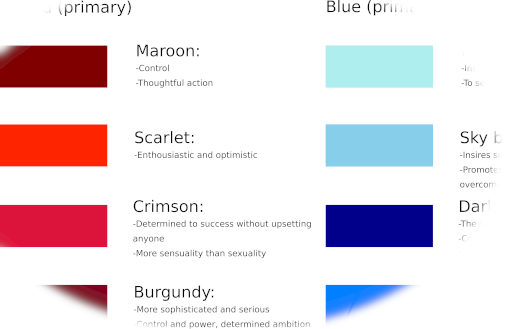
Essentially, colour theory teaches that colours evoke a certain feeling in people. That might be saying much. But suppose you want to make an asset for a basic enemy. What colour will you choose for it? Probably red right? But like red, red, or scarlet rather? Burgundy maybe? For a technical mind, for mine at least, those decisions are very challenging.
To finish that thought about which colour to choose: Burgundy would be a good choice for a sophisticated, serious enemy. Scarlet would be better suited for a fanatical, berserker kind of enemy.
Vector graphics
My technical brain is drawn to 2D vector graphics it turns out.
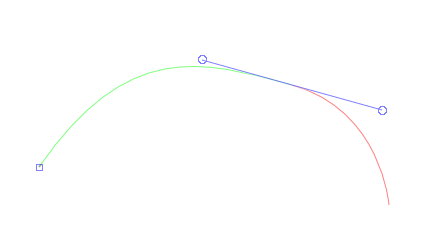
I always dreaded having to sketch out drawings, or make digital drawings. I was sure it is necessary for making game assets. I would need to develop muscle memory by practising for a very long time. And then I would need to buy a decent drawing tablet, because how else would you make digital drawings, with a mouse?
For vector graphics, you don’t necessarily need sketches (working with sketches is definitely valid though, don’t get me wrong). And you can indeed just use the mouse. Because it is not necessarily an activity of “drawing”. But one of combining basic shapes through mathematical set operations, and tweaking curves by dragging points.
Scale invariance is also something I really appreciate from a technical standpoint. It works the same like with fonts, like with the text you are reading right now. A vector drawing looks good on any screen no matter how far you zoom in/out. That’s because shapes are defined by parameters and not by pixels. Parameters are for instance: position, radius, width, height,… They describe shapes. Which is a much different approach than used in plain images (.jpg, .png, .gif,…).
What’s more, vector graphics have a great work/yield ratio. Meaning, the effort and time needed in order to create something decent is relatively low. The look and feel of vector graphics are acceptable for users. Hell, the bar is not set very high, pixel art is acceptable too. Who doesn’t like a nice game with a retro look to it? Therein lies another realisation. Game assets, in terms of a digital art form, have a very low threshold to be considered acceptable or decent.
In retrospect…
When you’re like me, and you don’t have formal training for making game assets, I highly recommend looking at online courses. Or maybe even regular courses depending on the time and resources you have. It helps a lot when a professional shows you exactly which tools to use, and what the thought process is at various steps.
I also considered watching tutorials on YouTube, which is free. But I feared that I wouldn’t really commit if I weren’t financially invested. Also I personally believe that a free course isn’t held to the same standard as a paid course. So I am more drawn to a high rated, reasonably priced course, than to a high rated free course.
Resurrecting the project
I’ve followed online courses, am I now capable of finally transforming my grey-box prototype into a full game?
So what about the art direction?
I have been brooding on some ideas. The few people that played my game know that it’s a 2D game where you switch planes along the depth (Z-axis) in order to advance in the level. (Maybe you should just give it a try, that will make it clear).
I argued that this mechanic is kind of like switching between parallel universes. So “futurism” is a first component here. When I think about futurism I think about space. This is a common theme in video games. There are many space themed pre-made assets. And when I create assets myself, a lot of reference material is readily available.
In all those years I haven’t had a better idea. And so it was decided. My game’s art direction is: a 2D space-themed game involving inter-dimensional travel. Made in vector graphics (because of the earlier mentioned affinity).
That’s still not enough when you would approach other game designers. But it’s good enough to continue solo. Which is what I’ll be doing.
Making concept art
To fully convince myself that I am able to resurrect the project. I decided to make concept art of all possible assets that I would need. I do this by making entire scenes of the game directly in the vector editor. I use Inkscape by the way. When these concepts are done, it means I managed to create all necessary assets myself. What’s more, I could start sharing these works in order to promote the game better. Promoting the game is also something I didn’t do right the first time.
These are some essentials I would need:
- A main character
- A goal object
- A basic enemy
- …many more
This isn’t a developer log. But I will show these here to at least prove my progress.
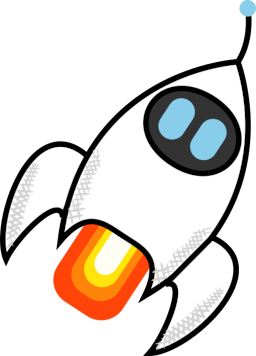
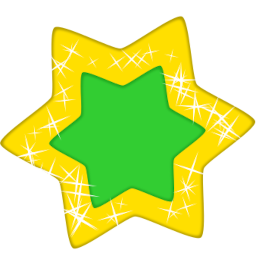

In conclusion
It might take some time to develop the necessary skill. Don’t let that demotivate you. Being able to create the game assets, as well as doing the programming, is a huge advantage. It is way cheaper, there is no creative communications barrier, you will be able to make games independently,…
With enough motivation even a seemingly hopeless technical brain can figure out how to make game assets. It took me quite some time. Most of the time was spent holding myself back, because I pictured things to be harder than they were. I’m not making assets at a high skill level but that’s not stopping me from making a complete game, nor should it stop you. Finishing a game is what the big picture is about.
Thank you for reading my story. I hope it was helpful to you.
